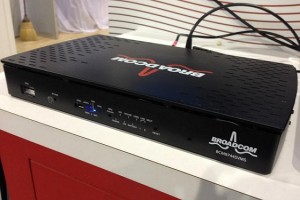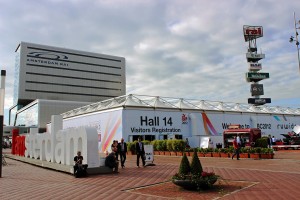The HEVC/H.265 standard is now officially finalized, paving the way for broader commercialization in products in the near future. Back in September of 2012, I published a post introducing HEVC/H.265, a new video codec that offers approximately twice the efficiency of H.264. A draft specification for HEVC was released in July 2012 by the JCT-VC, a joint collaborative group co-sponsored by MPEG and the ITU. And last Friday, the ITU announced that HEVC had received first stage “consent” approval. Simultaneously, MPEG announced that HVEC had achieved Final Draft Internal Standard (FDIS) status. What does this mean?
HEVC is now fully baked and we will soon be seeing wider industry adoption!
It is important to note that the current HEVC specification only describes profiles for single-view 8-bit and 10-bit video with 4:2:0 subsampling. Extensions are in progress for 4:2:2 and 4:4:4 color sampling as well as multi-view (3D). Until these extensions are ratified next year, H.265 will not achieve full functional parity with H.264.
Because HEVC is more complex computationally, adoption will depend on continued increases in processing power and battery power. Although some current mobile devices may be able to decode HEVC in the future simply by updating their software, HEVC will put a huge strain on processors and battery life. For many applications, hardware implementations will be optimal, and many hardware vendors have announced chips that will support H.265. For example, at CES 2013 Broadcom showed the BCM7445, an HEVC decoder chip that will be incorporated into next generation home gateway devices in mid-2014.

But as with any codec transition, consumer adoption will depend on support across the value chain:
- Consumer viewing devices will require updated software or hardware to decode HEVC
- Content owners and distributors will need to create and offer HEVC-encoded content for distribution
- Content distribution networks, such as cable operators, will need to update their delivery infrastructure to support HEVC
Unfortunately, these barriers to adoption are significant. That’s why most of us are still watching MPEG-2 on TV, even though H.264 was ratified several years ago. Still, finalizing the specification is an important first step towards adoption. And HEVC offers many benefits to broadcasters and content owners. As with 4K and Ultra High-Definition Television (UHDTV), HEVC is an important building-block in the next wave of high resolution imaging.

